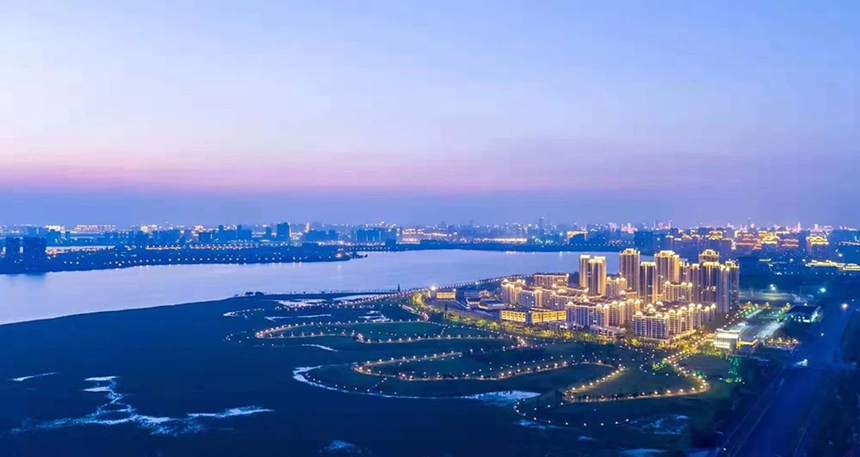
Military Games Wuhan Celebration Huangjiahu City Opens
The university district is integrated into the city, and the military transportation village is on the side of the water
Taking the Olympics, the World Expo, the World Cup, the World Cup, the Universiade, the Asian Games and other major urban events and celebrations as an opportunity, the countries and cities where the celebrations are held will welcome the attention of the world. This will act as an opportunity to promote the construction of urban infrastructure. From the traditional European and American cities such as Paris, London, Berlin, Chicago, and Los Angeles in the late 19th century to the beginning of the 20th century, to emerging Asian cities such as Tokyo, Seoul and Bangkok after World War II, to the revitalized city of China, large-scale celebrations can be described to a certain extent. Directly promoted the development of the city.
First, from the first-tier cities in China, such as the Beijing Asian Games and Olympic Games, the Shanghai World Expo, the Guangzhou Asian Games, the Shenzhen Universiade, and then gradually spread to the second-tier or new first-tier cities with great potential, such as the Hangzhou G20 Summit, the 2022 Asian Games, and Xiamen’s The BRIC countries, the Shanghai Cooperation Organization meeting in Qingdao, and the World Military Games in Wuhan.
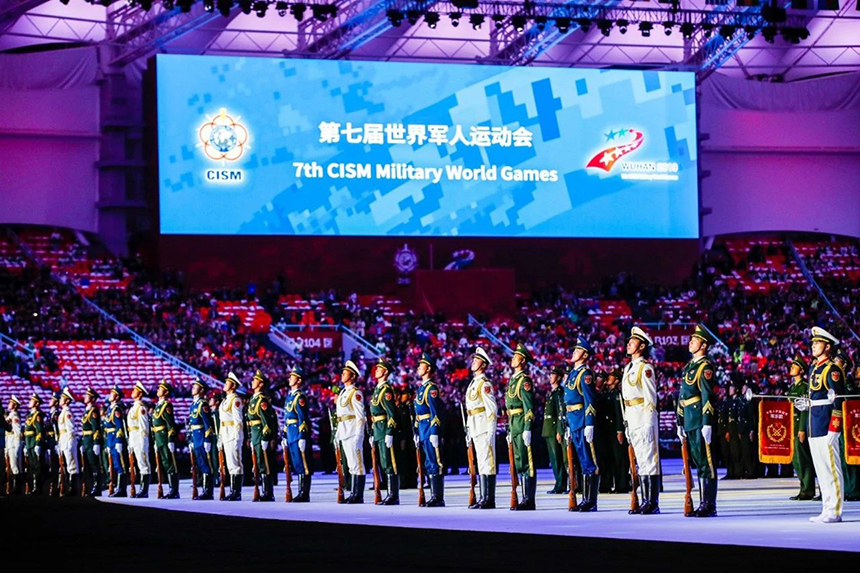
The 7th World Military Games was grandly opened in Wuhan on October 18th. All participating athletes reached 10,000. The Chinese team has nearly 500 people. The Asian Games have reached the level of the Asian Games, second only to the Olympic Games. The Athletes Village of Wuhan Military Games City, designed and constructed by Zhubo, undertook this major event.
Junyun Village is located in the south of Wuchang City, surrounded by the Yangtze River plus four lakes, and is located on the bank of Huangjia Lake between the South Third Ring Road and the South Fourth Ring Road. The Military Village is quickly connected to the three competition venues of the Military Games through the east-west South Fourth Ring Road, and is connected to the existing campuses of various old colleges and universities in Wuchang through the north-south vertical Huangjiahu Avenue, Wuchang Avenue and Wenhua Avenue.
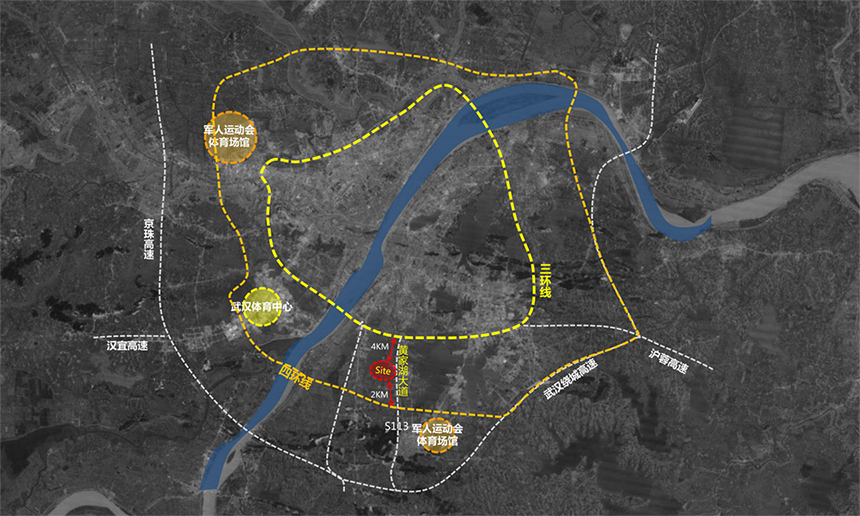
▲Project location
Luoyu Road University Street|The first generation university community
On the north side of Junyun Village are Wuhan University and Huazhong University of Science and Technology, which were built from the late Qing Dynasty to the Republic of China and the early days of the founding of the People's Republic of China. These colleges and universities are lined up along the Luoyu Road that exits the east gate of the old Wuchang city. It lacks a multi-level road system with Luoyu Road as its backbone, and even lacks the urban life of tiny blocks.
At the beginning of the construction, although there were many colleges and universities, they have always adopted the wall mode to close the school, forming a closed mode of super plots. For colleges and universities affiliated to different ministries and commissions of the country, resource allocation comes from the vertical division, and the degree of relevance to the local government is small. Therefore, the inter-school space between the campus and the campus lacks an open urban function, and there is a lack of active interaction between the campus and the lake area, and the progress of urbanization and openness is slow.
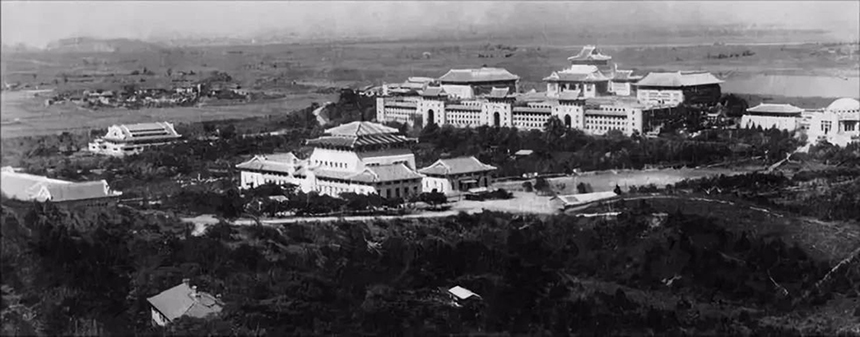
Huangjiahu University Town|The second generation university community
In the past two decades, the university has gradually expanded, spreading to the southern outskirts of the city where the first generation university was located. Between the South Third Ring Road and the Fourth Ring Road, there are nearly 20 new campuses of universities such as Wuhan University of Science and Technology and Hubei University of Traditional Chinese Medicine. Although the second generation has the title of "Wuhan University Town", it basically continues the old development idea of the first generation of separate land acquisition, independent construction, and separation of the campus from the urban lake area. The libraries, gymnasiums, canteens and other important teaching life centers of schools on each campus lack direct and intimate interaction with the waterfront. The campus planning continues the three-divisional model of the self-contained and self-centered tradition of the planned economy era.
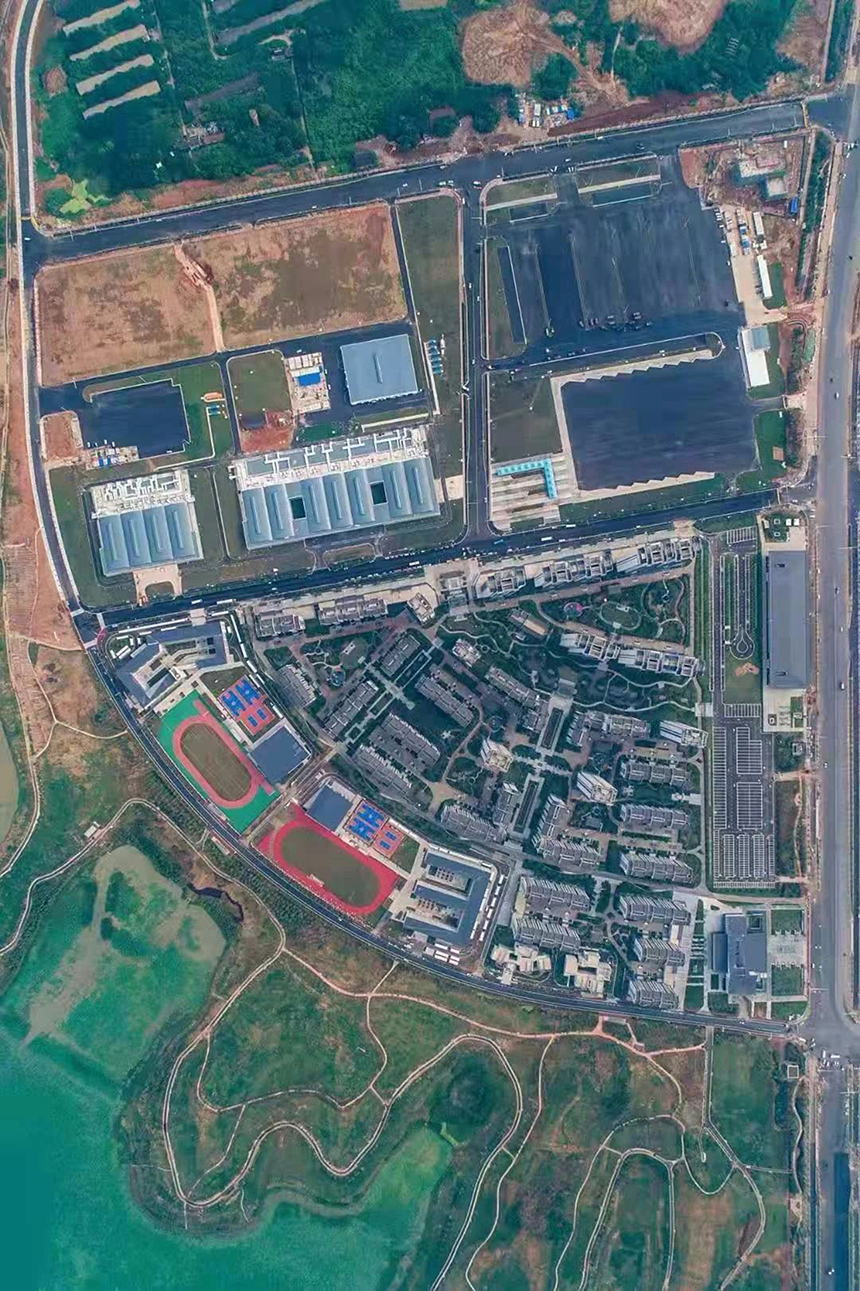
Wuhan has long been known as the city of the river, and Hankou has been dominated by the waterfront of the river and the Han Dynasty. But since China, the development of the city has always deviated from the development of the waterfront. Except that the East Lake retains more ecological green space parks, it basically retains a certain amount of concession and relatively passive green protection methods. It is rarely seen that the city is actively integrated with the waterfront landscape, especially the residential market. The development model continues the old idea of closed campus development. Under the prerequisite model of the transfer of large plots or even super-large plots, the inter-panel space between real estate properties and properties lacks the atmosphere shaping of the waterfront living center. The planning and construction of the real estate itself is basically similar to that of the newly built campus, with a self-centered inward planning structure model.
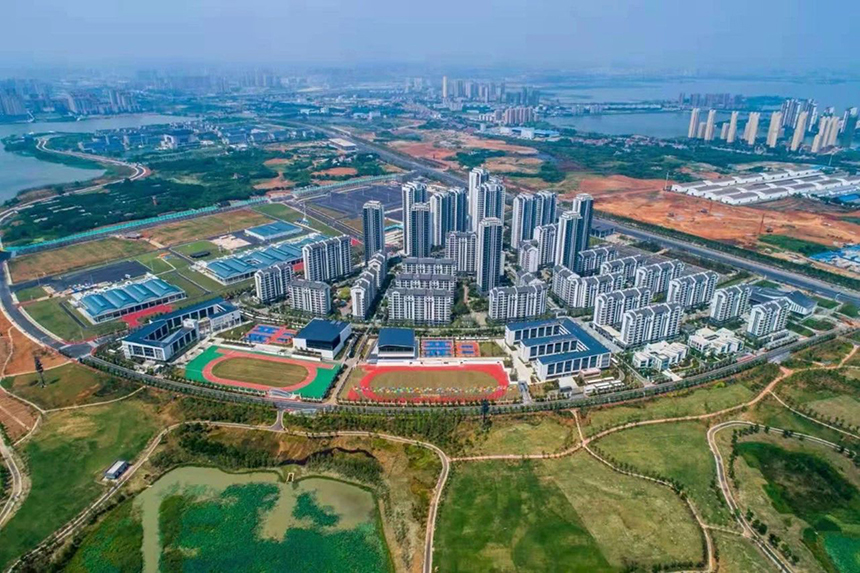
The Junyun Village is located in the core area of the "Wuhan University Town", at the waist of the east-west corridor connecting the three major lakes of Tangxun Lake, Huangjia Lake and Qingling Lake where most campuses are located. With the help of the Military Games, Wuhan will quickly construct Metro Line 8 along Huangjiahu Avenue and reach the land for the first and second phases of the Military Village. Wuhan has a large number of colleges and universities and the large scale of graduates each year. It is the key to the competition between cities to allow graduates to stay for employment and start a business and improve the quality of the urban population. To build the core living area of the University City and to implement the current and future expectations of the University City is the strategy of selecting the location of Huangjia Lake for the Military Village.
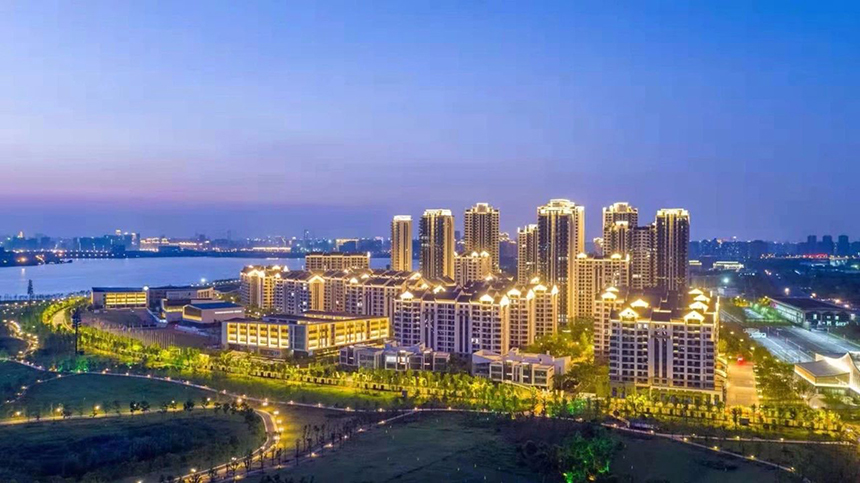
The scale of the first phase developed this time is to meet the requirements of nearly 10,000 participating athletes in the Military Games, implement policies and infrastructure support, and professional real estate leading enterprises to cooperate with the operation and development model. It is a difficult point in planning and design to solve the balance of multiple indicators such as the connection between the military games and the post-match, the government and enterprises, the urban public, and the return on investment.
Born toward the lake:Multiple axes and multiple viewpoints are generated, and open to the lake surface.
Living by the shore:Primary and secondary schools, kindergartens, and neighborhood centers and other residents’ daily life content are arranged along the lake to integrate them with lake-viewing leisure.
Retreat and high:leave enough shoreline to retreat, and gradually retreat and rise to avoid oppressing the shoreline.
Open to the water:Keep a humble attitude towards the lake water, leave a more open perspective, and integrate the blue edge ecology with residential life.
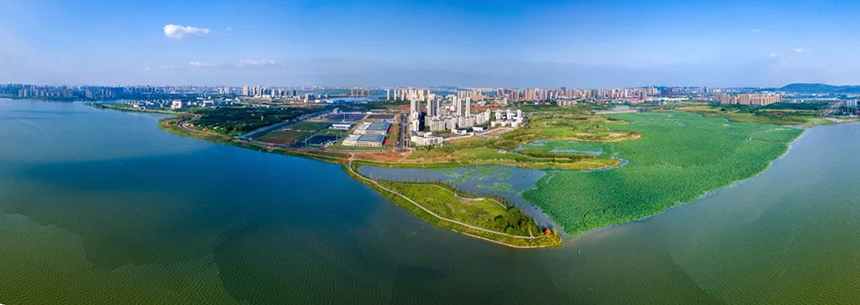
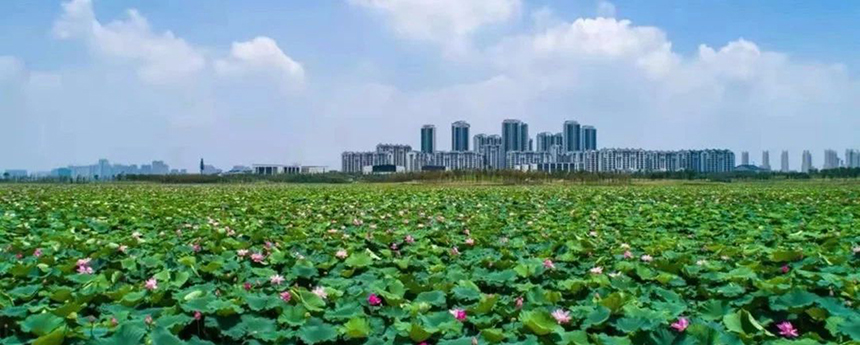
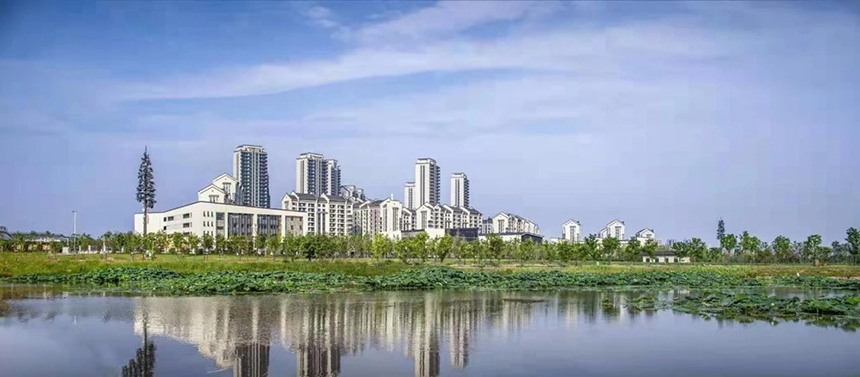

▲Planning structure
Planning after the game
During the game, it mainly serves the guests. On the basis of ensuring overall safety, it implements the separation of people and vehicles, regulates the order during the game, and reflects the state of etiquette. After the game, it mainly serves the city. In the early stage, to meet the needs of the Games, there will be a larger parking area. After the game, a second construction will be carried out to form an integrated community, so as to achieve the development of the waterfront and balance the revenue and expenditure. A win-win relationship.
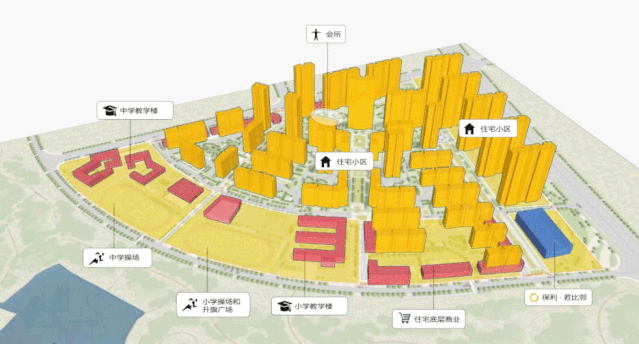
▲Planning after the game during the game
Cultural
The entire community adopts a new Chinese design, a Chinese garden-style layout, and incorporates the characteristic Jingchu culture. The small high-rise and high-rise roofs show the Jiangnan classical architectural features of the "horsehead wall", and the welcome center adopts the Jiangxia folk house style with white walls and black tiles.
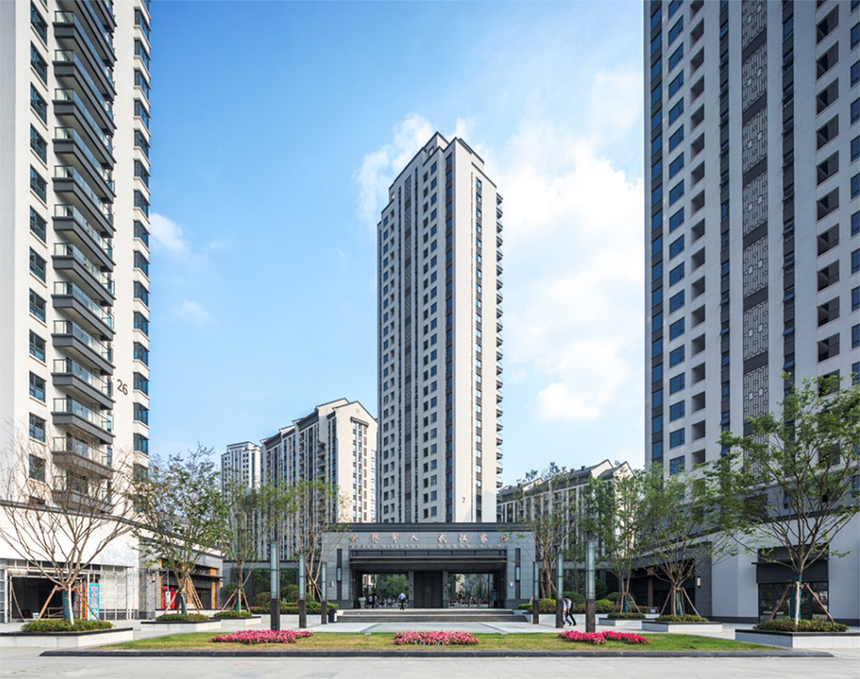
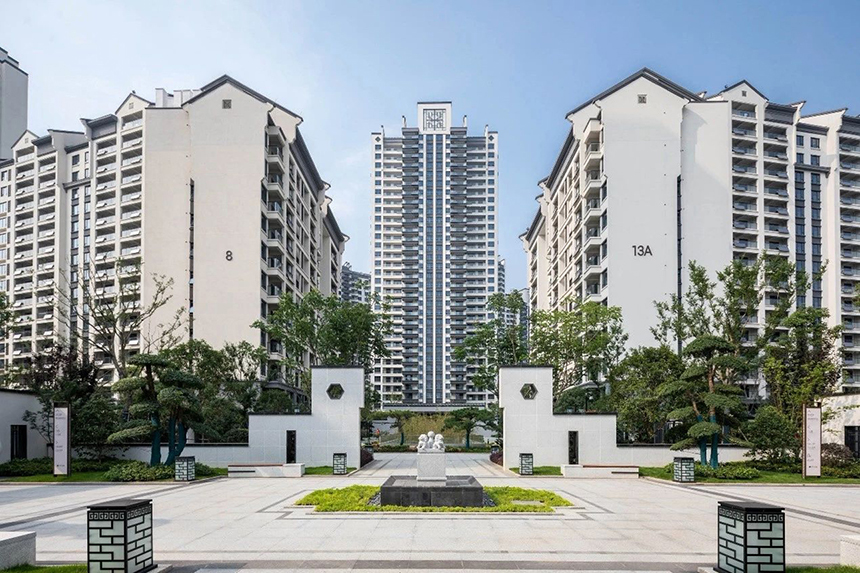
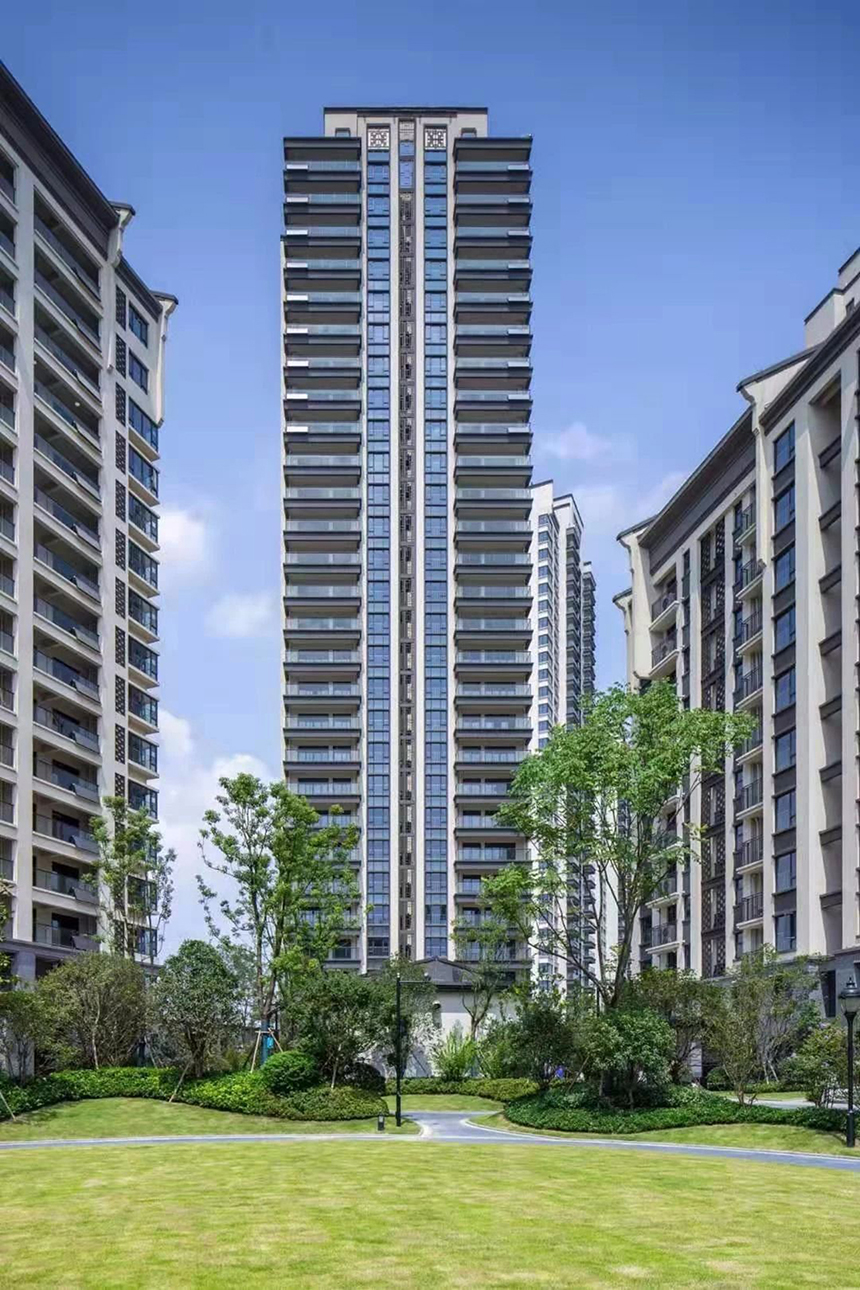
The roof of the bungalow adopts a horse head wall shape with a clear Jingchu style, and the high and low ridge lines follow the vein of the master plan to form a space with unique characteristics. In the design, the architectural elements with local characteristics, such as eaves carvings, carvings, window ridges, balconies, and moldings, were deliberately intercepted and incorporated into them, highlighting the local ethnic cultural characteristics. The whitewashed walls and tiles, wooden frames, painted door lintels, and the grouped architectural design also reflect the charm of Jingchu folk houses.
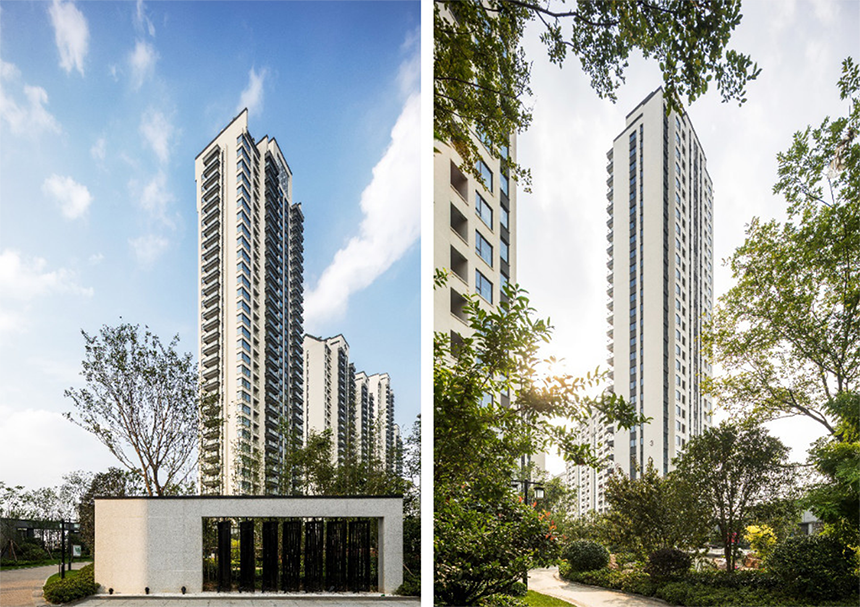
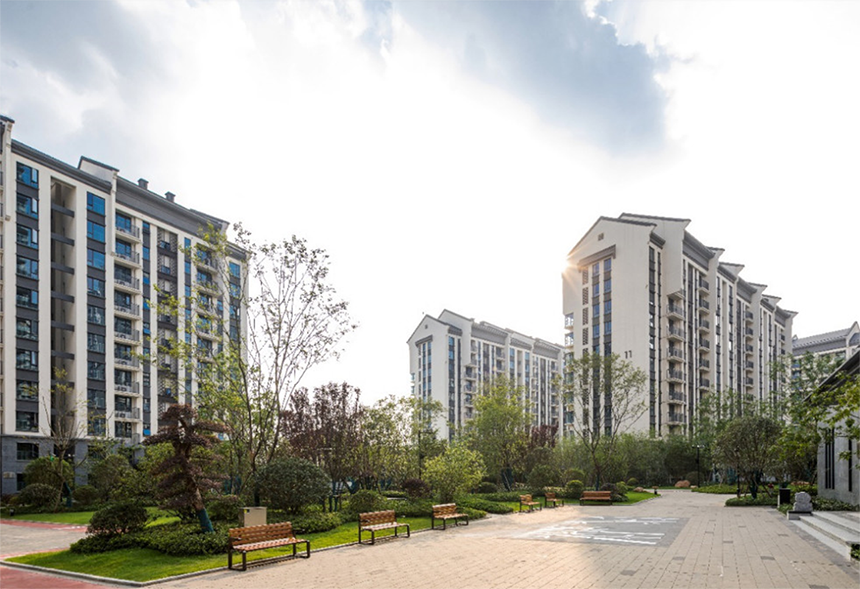
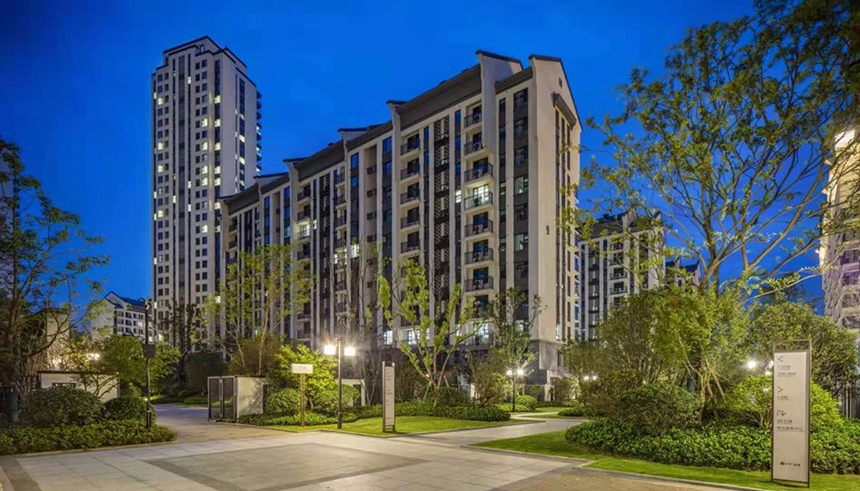
Ecological
The overall landscape structure of the community is divided into three axes and five gardens. The five residential groups use themed plant design to create a characteristic atmosphere, such as plum, orchid, bamboo, chrysanthemum, lotus and other landscape gardens. The cultural landscape corridor divides the athletes’ village into residential areas and supporting areas. In this main landscape corridor, historical and cultural sculptures, landscape sketches, etc. are used to show the historical culture and urban customs of Wuhan and Jiangxia District. The axis landscape design encloses a courtyard with abundant space through successive scenery walls. In order to build a sponge city pilot, the athletes’ village has set up green roofs, permeable paving, biological retention zones, rainwater gardens, etc., and is connected to the urban public rainwater system to ensure that the athlete’s village is not flooded or waterlogged.
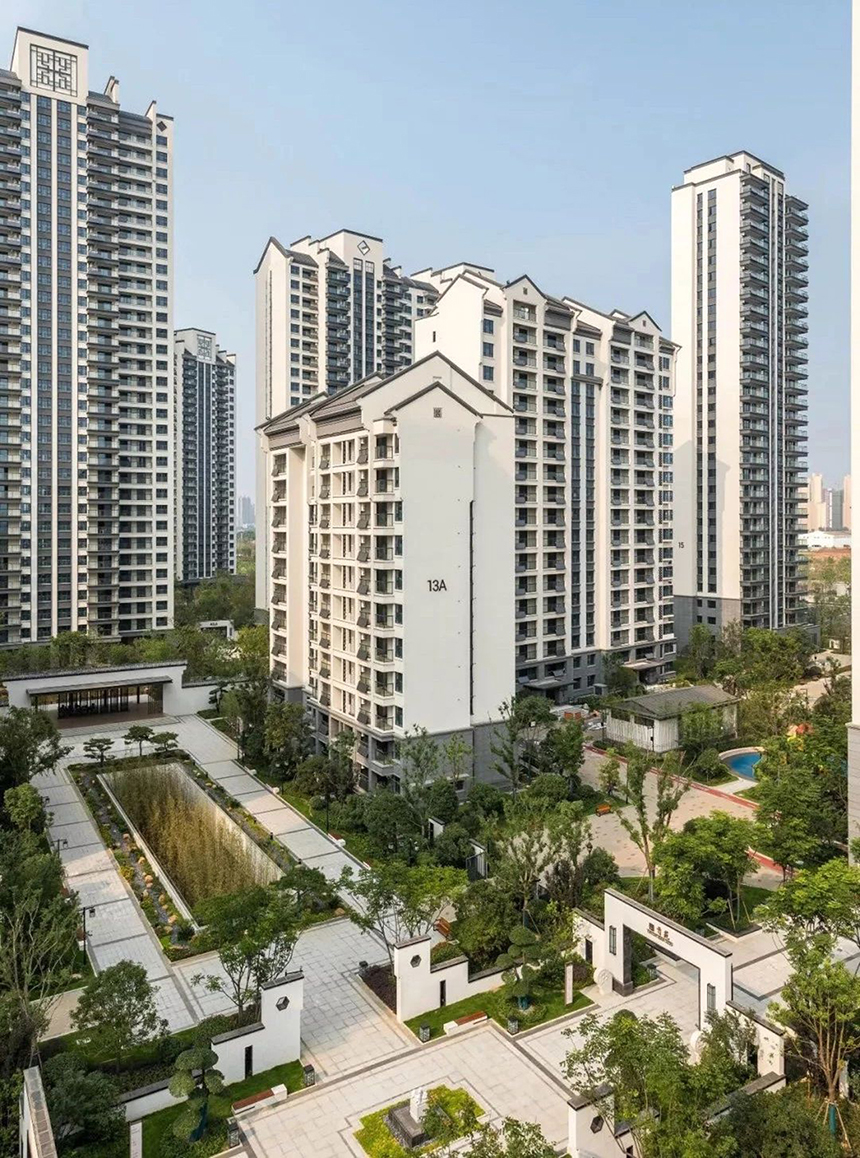
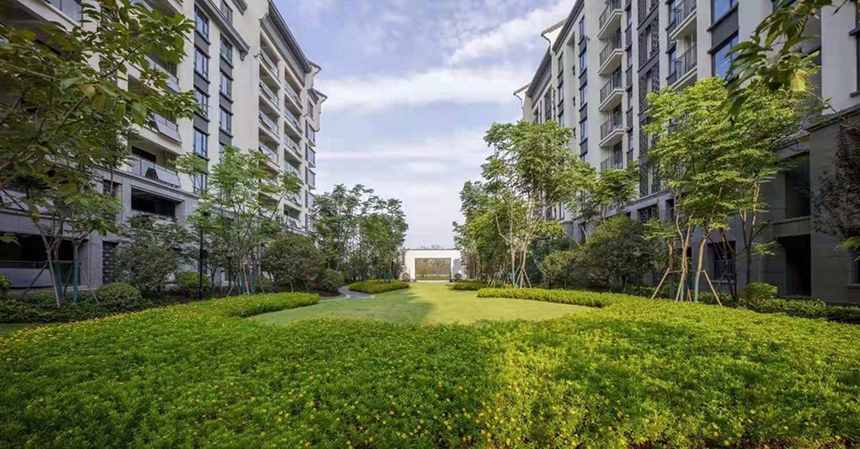
Livability
The entire military village buildings are distributed in a fan shape, and each apartment has a large balcony facing south. In order to ensure a wide view, the 30 apartment buildings are scattered in height, and most of the rooms can see the lake view. The rooms in the Junyun Village have 8 types of apartments, including single and double combinations. Each apartment has two bathrooms, a communication hall, a dining room and a kitchen. The per capita living area is 25 square meters, and the barrier-free design is convenient for disabled athletes. The apartment has a floor height of 3.1 meters, and the height of the bedroom door has also increased to 2.25 meters, which is higher than that of ordinary houses and is convenient for athletes to enter and exit.
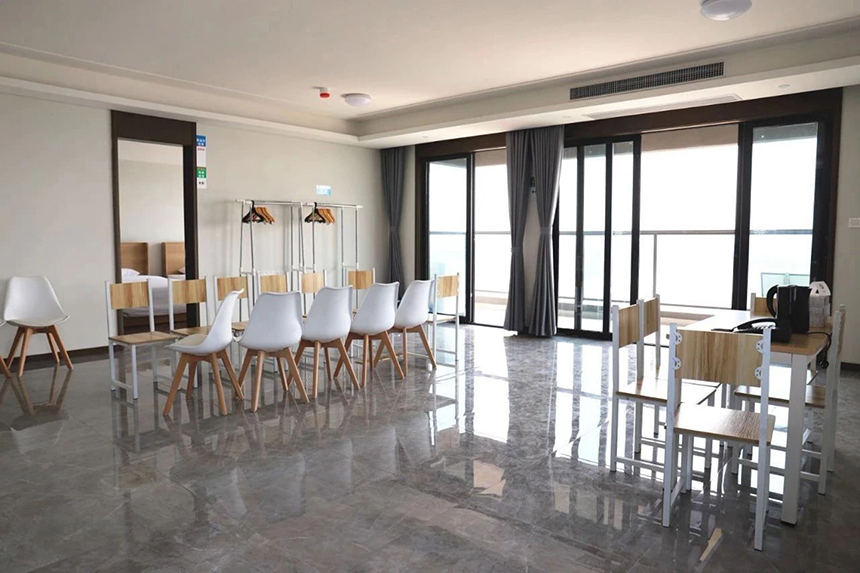
The rooms are equipped with central air-conditioning, floor heating, water heaters, refrigerators, washing machines, video intercom, electric kettles, telephones and so on. The game will provide three-star standard room service. Junyun Village is also Wuhan’s first smart power-using community, which realizes functions such as smart collection of power information, monitoring and control, and smart warning of potential power hazards.
After the game, the Military Games City Athletes Village will become the only lakeside town in Wuhan with world-class sports heritage heritage, and a benchmark residential community with leading ecology, culture, and technology in Wuhan.
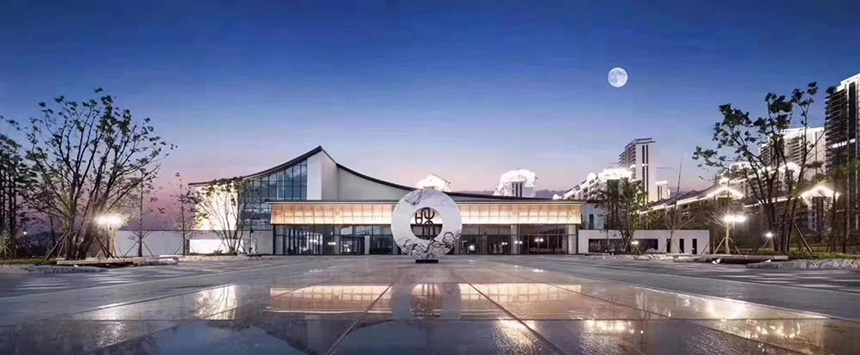
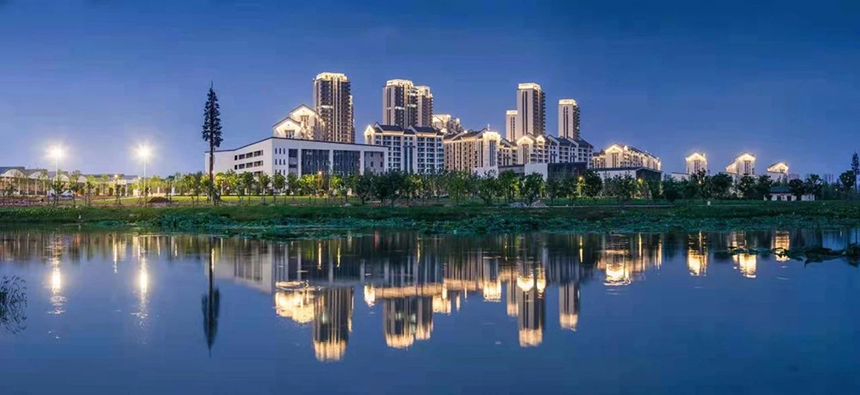
Design company: Zhubo Design Co., Ltd.
Project address: Wuhan City, Hubei Province
Land area: 215,000 square meters
Building area: 725,000 square meters
Year of completion: 2019
Project status: put into use
Project Owner: Wuhan Poly Jinxia Real Estate Development Co., Ltd.
Chief Architect of the Project: Yang Weizhong
Project Chief Planner: Zhou Jian
Project design team: Meng Fei, Zeng Xiaofei, Zhong Qiao, Wei Bo, Zheng Jun, Zhang Yuan, Hu Changxin, Zhang Jing, Xiao Yao, Zhang Ting, Fu Kai, Liu Yang, Cheng Xiaohong, Wei Feng, Zhou Zirao, Huang Wentao, Zhu Lijun, Yu Xiang , Chen Zhuo, Zhong Hanlu, Tao Ke, Peng Jingyang, Lai Shengqi, Luo Liang